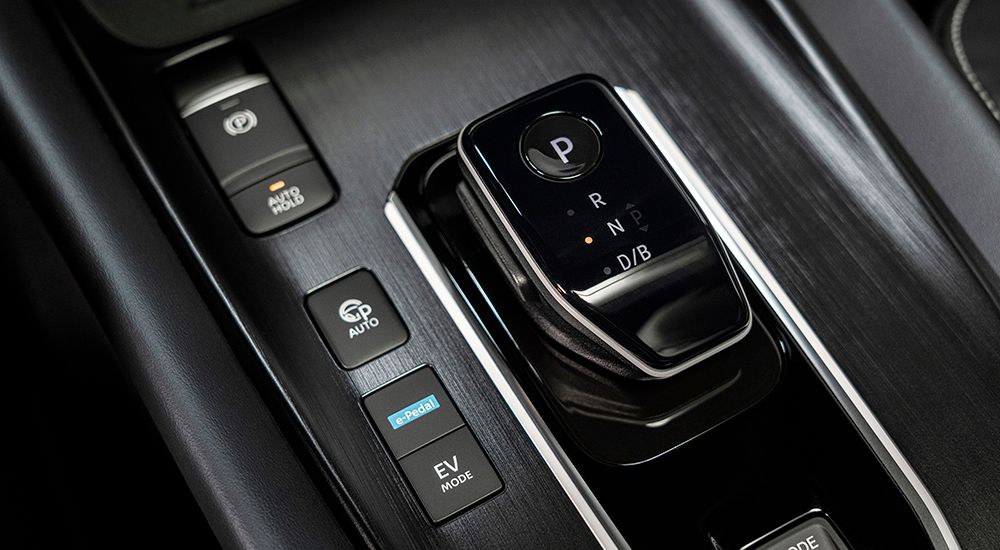Driving economically is always a quick way to save money, but in these times of rising fuel prices and overall cost of living, it’s more important than it has been in years.
Driving a hybrid car can help delver huge fuel savings, but only if driven to its strengths. Here, we give hybrid car drivers some helpful tips to eke more miles out of each tank of fuel.
These will work for all types of hybrid - conventional hybrids such as the Toyota Prius, plug-in hybrids like VW’s Golf GTE, and even mild hybrids with minimal electrical support. In fact, the basics will apply to any vehicle with an internal combustion engine, but are particularly applicable to electrified models… hybrids.
Hybrid driving advice

Easy on the throttle: bybeing gentle with the accelerator, the car will hold itself in electric power for longer. Use the instantly available torque from the electric motor to get you moving, ideally by maintaining speed where possible.
Lift-off earlier: Where safe and sensible to do so, lift off the throttle earlier than you might otherwise. By running off the throttle, the car will be able to coast or use the vehicle’s brake energy recuperation system to top-up the battery, enabling a greater proportion of electric power used in each trip.
Use Eco mode: Putting the car into “Eco” (essentially all hybrids will have this setting) will help make your driving style a little more even. By reducing the throttle response, it helps with our first point; being gentle with the throttle. Using fewer revs means less fuel is being used, and likely a greater use of electric power.
Cruise when learning: A quick way to even out your fuel use is to use cruise control on longer trips. More experienced drivers will be able to make use of gradients to make the fuel go further, but when starting out, effectively putting thecar’s hybrid system into “auto” will make quick gains on your mpg.
Stick to “D”: Don’t put the car into neutral when stopping at traffic lights for example. Doing this will cut the engine, but also prevent it from charging the battery when not under any other load. It might sound strange to hear the engine running when at lights, but it won’t be working hard when acting as an on-board generator for the car’s battery.
General eco-driving tips
Getting the basics right will help any vehicle’s efficiency, regardless of fuel type. Remove unnecessary weight from the car by emptying the boot of non-essential kit. Ensure tyres are at the correct pressure. Having under inflated tyres will create excess drag, meaning the engine will have to work harder to travel each mile.
Close windows/sunroofs at higher speeds, typically around 40-50mph. Having them open ruins the aerodynamic properties of the car, again creating drag and reducing fuel economy. The same goes for removing unused roof-racks, top-boxes, and bike racks - all excess weight and/or altered aerodynamics.
When possible, put the air-conditioning system into low fan settings, or eco-mode where available. This will slightly reduce the efficiency of the heating/cooling system, but also reduce the drain from the engine.
Similarly, and particularly at the start of heating or cooling the vehicle, use the recirculation setting on the controls. By keeping the air within the car, it will heat or cool it far quicker than by constantly bringing in fresh air that needs its temperature changing.
Keep a steady speed, without harsh braking or acceleration, and ideally sit at a few miles per hour below the speed limit where possible. This will add little to your journey time, but save fuel quickly.









